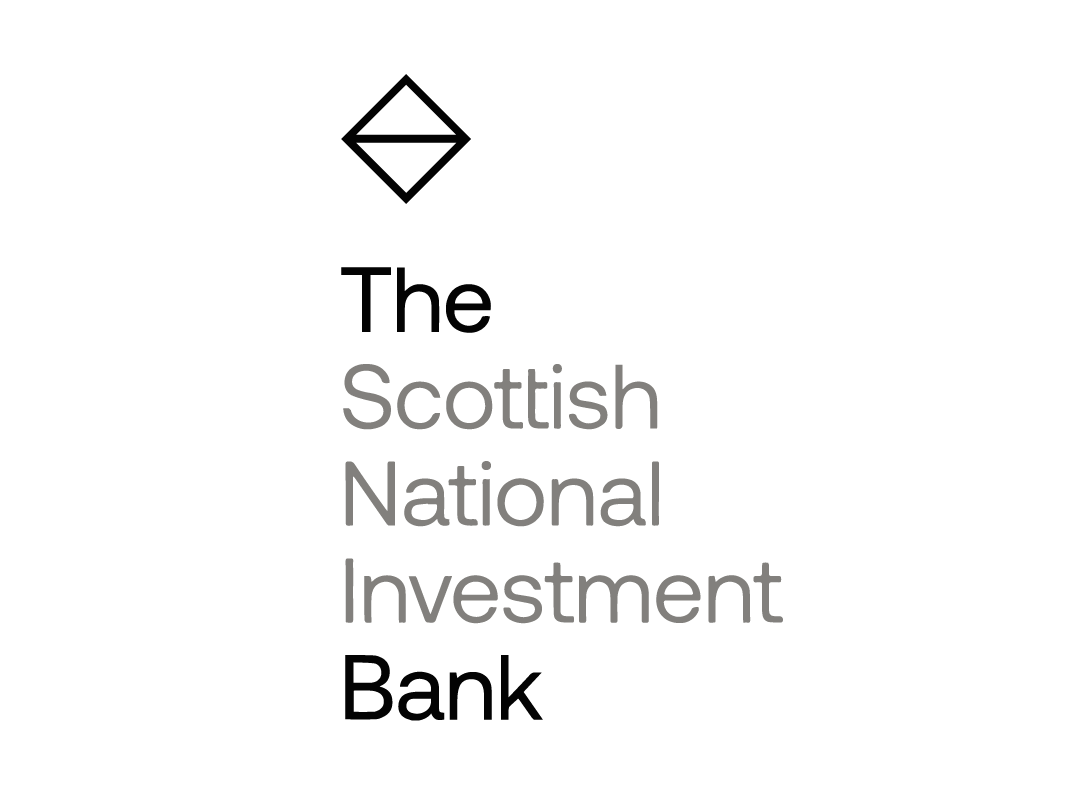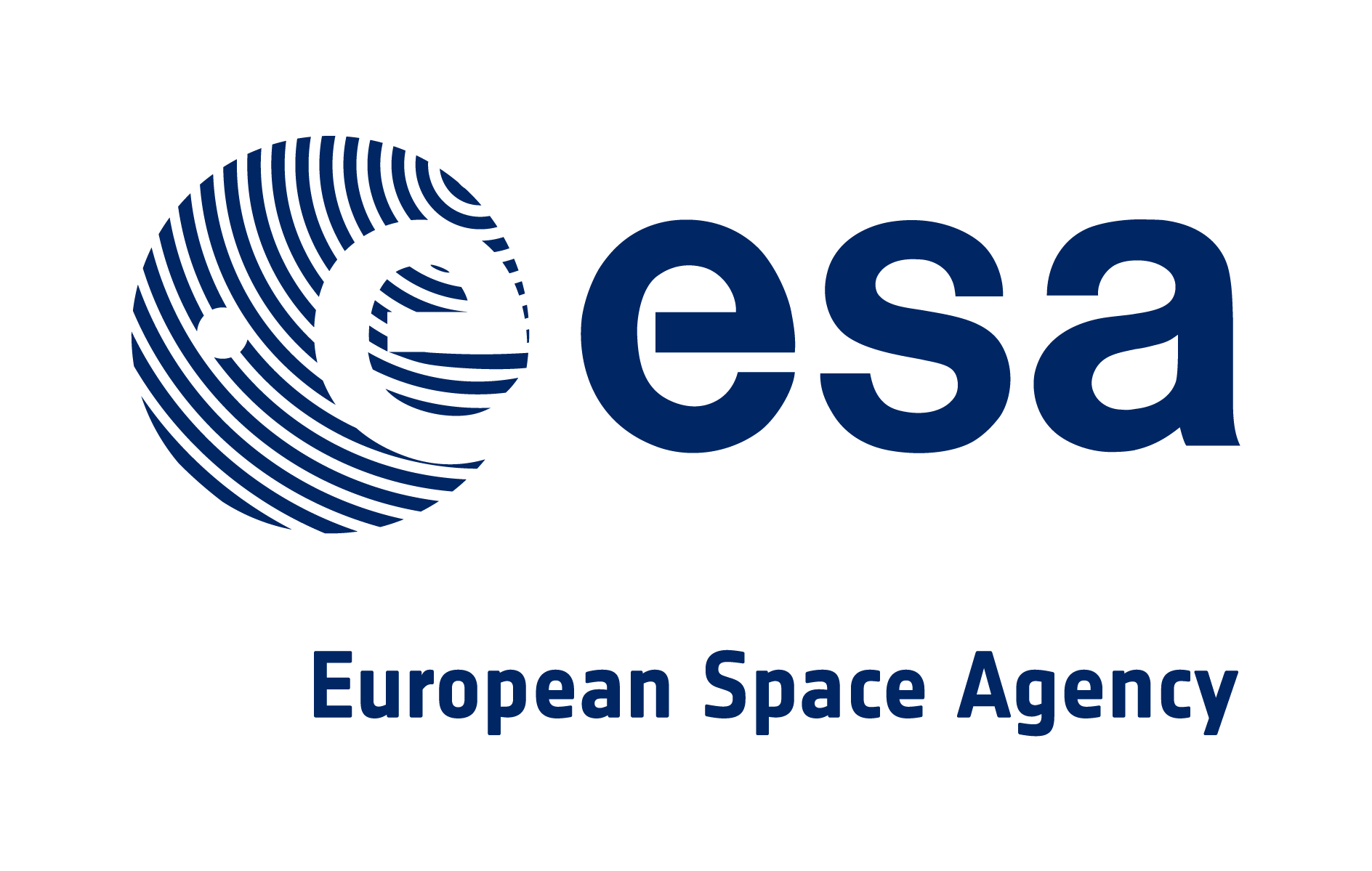The hidden costs of harmful algal blooms - and how Connected Seafarm can help

Above: Krucial's Connected Seafarm Algal Bloom solution combines in situ monitoring with satellite imagery to provide a thorough overview of environmental conditions that can indicate algal bloom events.
Across the world, aquaculture operators experience financial losses due to HAB events, with one study estimating an annual cost of $800mn in the European Union alone.
If farmers can be alerted to HAB events before they reach pens, action can be taken to mitigate risks – but this relies on deployment of the latest IoT technologies to monitor relevant parameters remotely, and further offshore.
So what are the costs associated with harmful algal bloom events on fish farms – and how can the Connected Seafarm help?
Hidden costs
In the event of a HAB during which a certain number of fish die, the financial loss can be determined based on the market value of the fish at that time (and can reach into millions of pounds).
Confirming the total cost of an event, however, is challenging in both large and smaller outbreaks. A 2019 harmful algal bloom event in Norway resulted in estimated losses of around NOK 4 billion (nearly £292mn), while indirect costs (including cleanup and handling of dead fish) alone cost around NOK 1.6-1.7 billion (£124mn).
Despite a figure having been reported on the aforementioned Norwegian bloom, the direct financial impact for a farmer is often challenging to quantify precisely - but it is clear that the consequences extend beyond the initial loss of biomass. The disruption caused by the event, including the inability of fish to feed for an extended period due to stress and potential treatment needs (as well as handling and cleanup costs) further compounds financial losses as a result of the lost growth, highlighting the scale of these hidden costs.
Early detection and proactive measures to mitigate these costs - including the harder-to-confirm costs of loss of growth - can be hugely beneficial to farmers as well as their fish.
Earlier alerts and improved insights
Connected Seafarm’s algal bloom monitoring solution is designed to provide a clear return on investment for farmers by enabling earlier detection of blooms – ultimately improving fish welfare and reducing financial losses. By integrating earth observation technology with in-situ environmental monitoring, Connected Seafarm enables 24/7 monitoring of conditions in and beyond a fish farm.
The solution is used to by fish farmers to keep a close eye on environmental parameters that can indicate when an algal bloom is likely to occur, as well as others which impact on fish welfare.
In situ monitoring data collected by sensors is transmitted via cellular and multiple satellite backhauls to the cloud. Where cellular isn’t available, satellite kicks in automatically – maximising uptime and ensuring data always flows, even from remote areas. This allows for monitoring even further offshore. Combined with satellite imagery, the solution is able to provide insight into when an algal bloom may be approaching a pen, meaning action can be taken quickly.
The combination of data sources, as well as the extremely resilient communications infrastructure, means farmers now have the opportunity to receive alerts earlier than ever before when a bloom looks likely to occur.
The benefits of increased mitigation
Mitigating against loss of stock, but also loss of growth, can result in millions of pounds of savings on a large fish farm. Not only that, but more data means a better chance of predicting events – and understanding their impact.
Data is the most valuable resource available to businesses, and with modern IoT technology and hybrid connectivity, it’s readily available.
Find out more about Krucial’s Connected Seafarm - get in touch to speak with on of our experts.
Share this article
Recent Posts
Archives
- May 2023 (8)
- June 2023 (8)
- July 2023 (6)
- August 2023 (6)
- March 2023 (5)
- September 2023 (5)
- September 2024 (5)
- October 2024 (5)
- November 2024 (5)
- October 2022 (4)
- November 2022 (4)
- February 2024 (4)
- May 2022 (3)
- July 2022 (3)
- August 2022 (3)
- September 2022 (3)
- February 2023 (3)
- October 2023 (3)
- November 2023 (3)
- March 2024 (3)
- April 2024 (3)
- May 2024 (3)
- August 2024 (3)
- January 2025 (3)
- February 2025 (3)
- May 2021 (2)
- July 2021 (2)
- October 2021 (2)
- February 2022 (2)
- March 2022 (2)
- June 2022 (2)
- December 2023 (2)
- December 2024 (2)
- June 2019 (1)
- March 2020 (1)
- July 2020 (1)
- September 2020 (1)
- October 2020 (1)
- March 2021 (1)
- June 2021 (1)
- September 2021 (1)
- December 2022 (1)
- January 2023 (1)
- April 2023 (1)
- January 2024 (1)
- July 2024 (1)
Proud to be supported by








